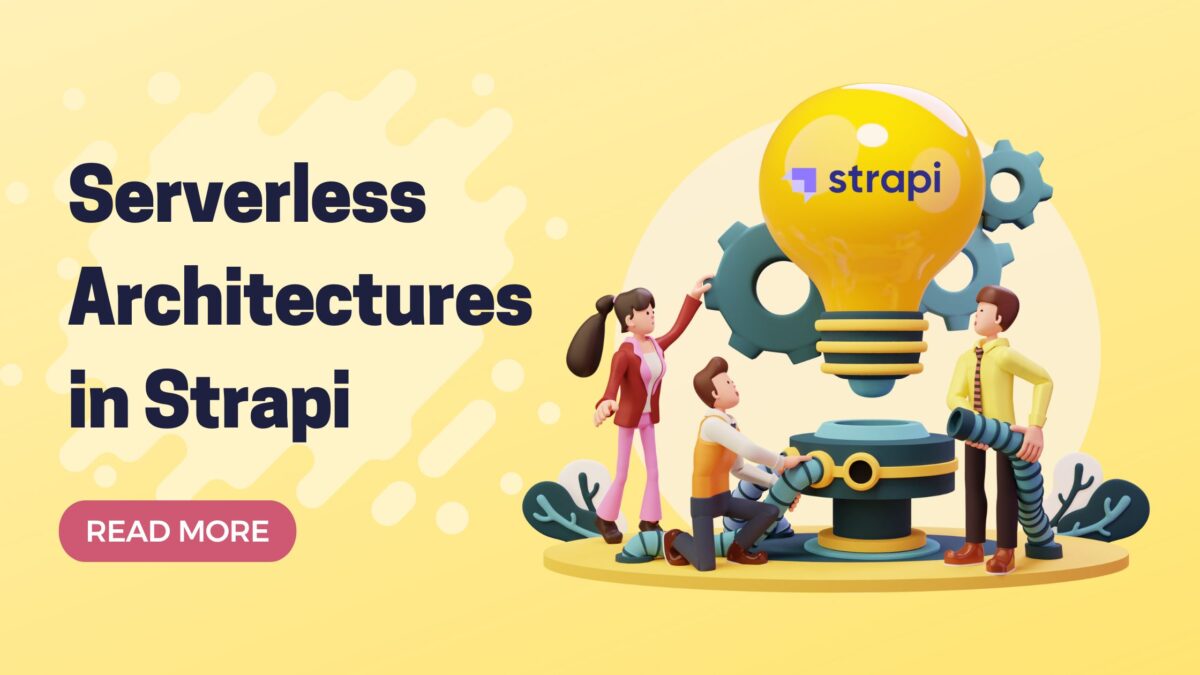Serverless architecture has become a popular choice for modern web applications due to its scalability, cost-effectiveness, and ease of deployment. When combined with a powerful content management system (CMS) like Strapi, it provides various opportunities to the developers of a Strapi development company to create robust and dynamic applications without the hassle of managing servers. This blog will discuss the role of serverless architectures in Strapi, exploring what it is, why it’s beneficial, and how to implement it effectively.
Understanding Serverless Architecture
Serverless architecture, often called Function as a Service (FaaS), is a cloud computing model where the cloud provider automatically manages the infrastructure. Developers write and deploy code in the form of functions, which are triggered by specific events. These functions run in isolated containers, and you are only billed for the computing resources used during execution.
Why Use Strapi in a Serverless Architecture?
Strapi is an open-source headless CMS that provides developers with the tools to create content-rich applications. It offers several benefits that make it an excellent choice for serverless architectures:
- Flexible Content Management
Strapi allows you to define and manage content structures and APIs for your application, making it easy to adapt to changing requirements.
- Backend Support
With Strapi, there’s no need to develop a custom backend for your application. This saves time and reduces the complexity of your project.
- Improved Content Delivery
It provides built-in RESTful and GraphQL APIs for content delivery, enabling seamless integration with frontend applications and frameworks.
- User Authentication and Authorization
Strapi includes user management features, making it easy to implement user authentication and authorization in your application.
- Customization
Strapi is highly customizable, allowing the developers offering Strapi development services to extend and modify its features to suit your project’s needs.
Key features of Strapi in a Serverless Architecture
Here is the list of key features of Strapi headless CMS when combined with a serverless architecture.
- Content modeling
Strapi’s content modeling capabilities allow your content editors to define and organize content for your application.
- API endpoints
It automatically generates API endpoints for your content types, making it easy for the serverless backend and frontend to interact with the CMS.
- User management
Strapi includes user management features, enabling secure user registration and authentication.
- Real-time content updates
Strapi supports real-time updates to content, ensuring users receive the latest information without delay.
Deploying Strapi in a Serverless Environment
Now that you understand the features of Strapi with a serverless architecture let’s explore the deployment process.
- Strapi Deployment
With assistance from a professional Strapi development company, one can deploy Strapi on a serverless platform or a traditional server. Popular serverless platforms for Strapi include AWS Lambda, Google Cloud Functions, and Azure Functions. It can also be hosted on platforms like Heroku, Vercel, or Netlify, which offer serverless-like features.
- Frontend Deployment
Frontend applications are typically deployed on content delivery networks (CDNs) or hosting platforms like Netlify, Vercel, or AWS S3. These platforms make it easy to distribute your application globally and deliver fast content to users.
- Serverless Backend Deployment
Serverless functions can be deployed directly to cloud platforms using their respective deployment tools and services. AWS Amplify, Serverless Framework, and the Azure Functions extension for Visual Studio Code are popular tools for deploying serverless applications.
- Environment Variables
Ensure the developers you hire for Strapi development services securely manage environment variables, such as API keys and authentication tokens, in your serverless backend to protect sensitive information.
- Data Synchronization
Consider implementing a data synchronization mechanism between Strapi and your serverless backend to ensure your application has the most up-to-date content.
Conclusion
Serverless architectures in Strapi offer a platform to build and deploy modern web applications. By combining the content management capabilities of Strapi with the scalability and cost-efficiency of serverless computing, the Strapi development company can create dynamic and content-rich applications that meet the demands of your target audience.


